Autumn pruning: what you need to know
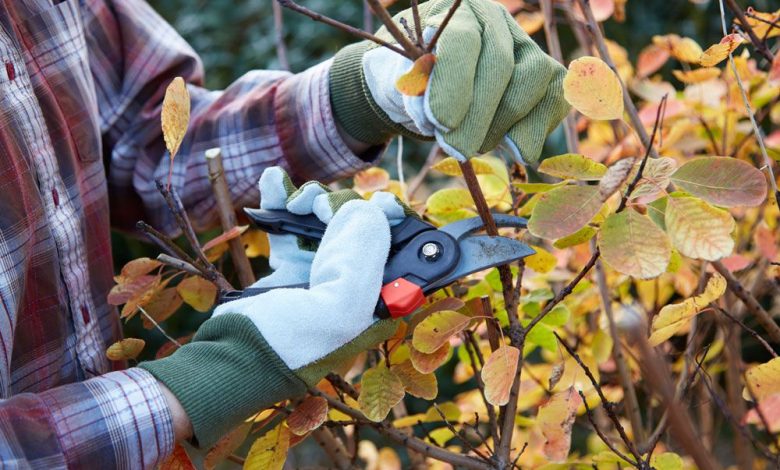
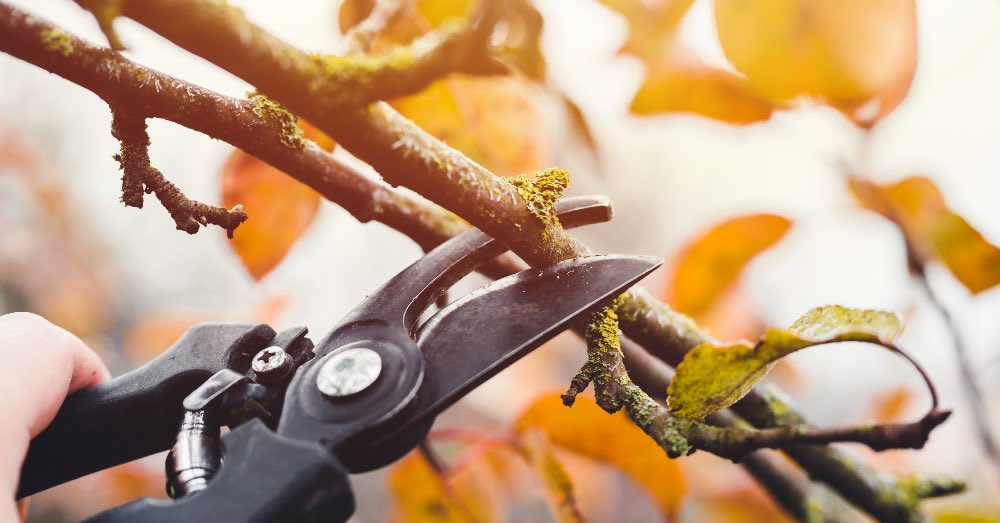
It is not only one of the most beautiful seasons of the year: it is also essential, since it helps nature to make a progressive transition towards the cold months. A period in which we have to prepare our plants, trees and shrubs for temperature drops; and in which we have to contemplate the autumn pruning. A vital task if we want to help all of them to survive the rigors of winter.
Although it may seem like a simple gardening task, autumn pruning is of crucial importance. Not only does it prevent, during the cold months, old or diseased branches from breaking with what that entails. It also facilitates our work and helps plant development with the return of good weather.
But beware: it cannot be done in any way or indiscriminately. If you do, it is likely that fall pruning will become a danger to our plants or trees. And that is precisely what we want to avoid.
WHAT WE SHOULD TAKE INTO ACCOUNT TO PRUN THE GARDEN IN AUTUMN
Before going into details, it is important to understand what pruning in the fall or at any other time of the year entails. Pruning is inflicting a wound on any plant, but on trees and shrubs it is especially delicate. A bad cut can not only damage the growth of the branch: it can even compromise the health of the plant since it can be a source of infection or disease.
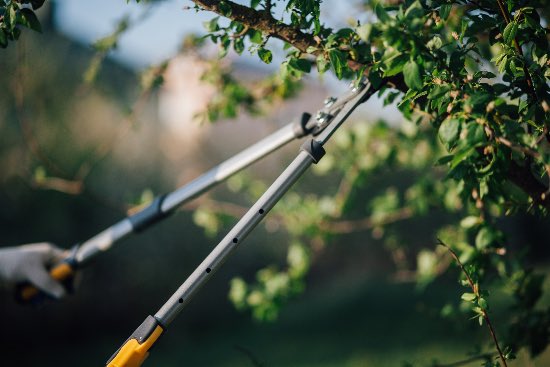
Precisely for this reason, pruning the garden at any time of the year must be done in a very specific way. To begin with, it is essential to choose the necessary pruning tools for each type of task. As important as this is to review our tools before starting to use them. It is not only important that they are in good condition, and free of any breakage or presence of rust. In addition, we will have to disinfect them with alcohol before starting to prune the garden.
In addition to this, thoroughly knowing the tips for correctly pruning plants is the best guarantee of success in this task, starting with a basic one: how to apply the cut. Apart from knowing how each variety of plant should be cut, let us remember another important detail: the cuts must always be made in a bevel, and with an inclination of 45º.

And one last detail that we must consider before getting fully involved with autumn pruning. To avoid problems, we will always have to prune on a day when there is no humidity, since this type of atmosphere is conducive to one of the greatest enemies of any plant: fungi. To avoid them and although we cannot on a humid day, it is always advisable to seal the pruned areas with healing paste. It will allow us to protect the wounded area of the plant from any stowaway that wants to enter its plant system.
It is also essential to carry out the autumn pruning on a day when there are no forecast night frosts. Extreme cold is also not a good companion for this task.
HOW IS THE AUTUMN PRUNING ACCORDING TO EACH TYPE OF PLANT
As we said before, autumn pruning has a well-defined objective: to allow our plant to face vegetative rest in the best possible way. But be careful because, if time has passed without doing the autumn pruning, it is preferable to postpone it until spring. Venturing out to prune when night temperatures are already getting cold or it rains too much will have a negative impact on our plants. And it’s just what we want to avoid!
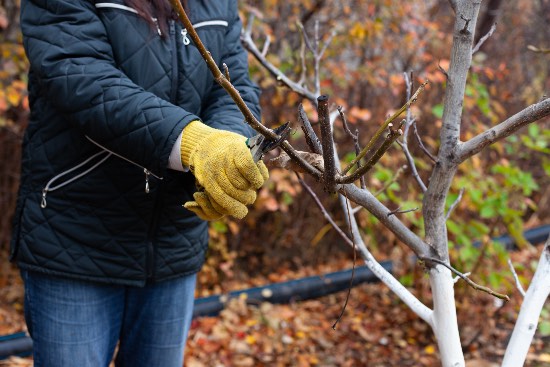
Apart from this, let’s see how we should carry out the autumn pruning according to the type of plant we have. Some general guidelines that we must apply specifically to the species or varieties that we have, since they may require specific pruning or even not be done at this time of year.
1. Deciduous trees, hedges and shrubs
Despite their apparent strength, they too need to prepare for the cold. For this reason and before they lose their leaves, there is nothing like a correct green pruning with all the care that doing it correctly entails.
When it comes to deciduous trees and shrubs, it is important to note that fall pruning is just a clean-up pruning. The goal should be to remove dry, dead or intertwined branches that can rob the tree of energy at a time when it also needs to be in tip-top shape to survive the winter. In this way we will allow more light and air to reach the heart of the tree: two more than necessary elements, which will begin to be scarce when the hours of daylight are shortened.
But be careful because, as we said before, each plant has its own needs, so it is essential to know what the deciduous trees or shrubs that we have specifically demand. And nothing like a concrete example that is, at the same time, an exception to autumn pruning. If we consider pruning hydrangeas as a deciduous shrub, it will not be the ideal time. In this specific case, it will be better to wait until spring.
2. Pruning fruit trees
If we have fruit trees, this sanitation pruning will also help shape the tree. It should be done at the end of autumn, unless it is a fruit tree that bears fruit at this time of year.
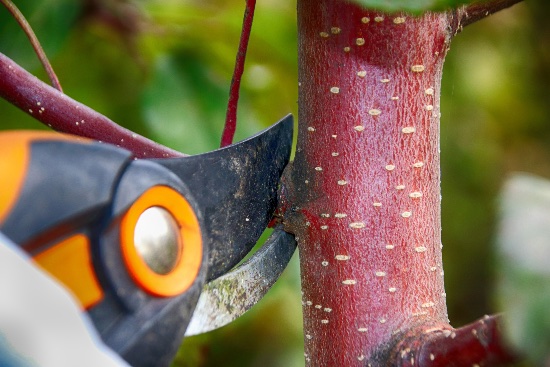
In that case, we will postpone pruning for spring.
3. Summer-flowering aromatic plants
Plants such as lavender, rosemary or mint should be pruned strictly, leaving them about 10 centimeters above the ground.
4. Pruning of climbing roses and bushes
The best example of fall pruning is only a clean-up pruning. We will cut branches, leaves and diseased flowers in addition to removing the suckers.
5. Palm trees
In this case and as part of the palm tree care, we will take advantage of autumn to remove from the trunk the leaves that can disfigure the shape of the tree, hinder the passage or compromise what is around it with its growth.
6. Climbing plants
We will only remove diseased or too long branches that, in case of snowfall, can cause the plant to break. It is also a perfect time to guide the branches and thus direct the growth of the plant.
And one more piece of advice: if you have questions about autumn pruning, come to any of our centers. We will be happy to help you solve them so that you can fully enjoy your nature.


![Photo of Corn Piral (Ostrinia nubilalis): [Characteristics, Detection, Effects and Treatment]](https://www.complete-gardening.com/wp-content/uploads/2021/06/Que-es-el-piral-del-maiz-scaled-1-390x220.jpg)

![Photo of How to Plant Green Beans: Complete Guide [Steps to Follow + Images]](https://www.complete-gardening.com/wp-content/uploads/2022/08/how-to-plant-green-beans-complete-guide-steps-to-follow-images-390x220.jpg)